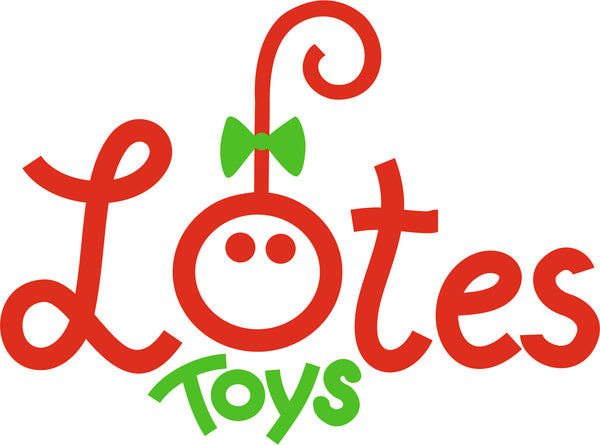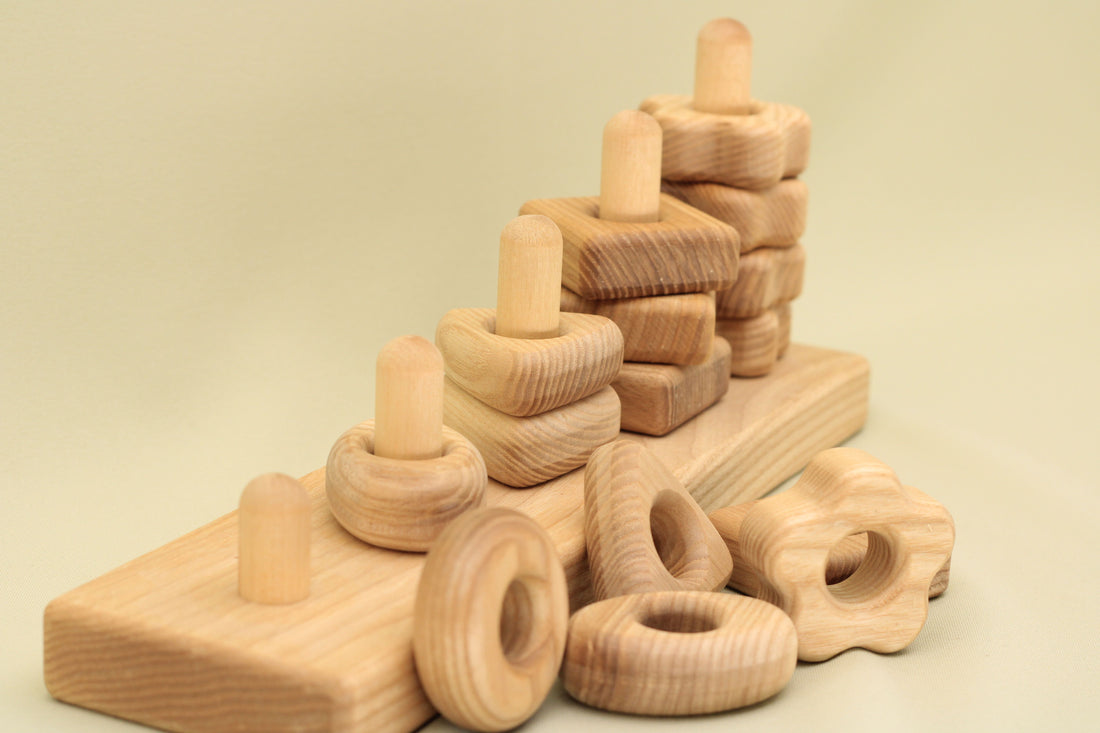In a world increasingly driven by science and technology, introducing your child to STEM (Science, Technology, Engineering, and Math) early on can set them up for future success. But you don’t need a fancy lab or classroom to inspire curiosity in these fields. In fact, the best learning often happens when children are engaged in creative, hands-on play.
Whether it’s building, experimenting, or problem-solving, toys and games that incorporate STEM concepts can open doors to new ways of thinking and create lifelong interests. Here’s how play can spark curiosity in STEM right at home.
1. Science Through Play: Experiment, Explore, Discover
Science is all about curiosity and experimentation. Children naturally ask “Why?” and “How?” — and play provides the perfect platform for them to seek answers.
Examples of Science Concepts in Play:
- Nature Exploration: A magnifying glass or a simple bug-catching kit can introduce kids to the fascinating world of biology and ecosystems.
- Weather Observation: Play with weather-related toys like mini weather stations or make a DIY rain gauge to track precipitation at home.
-
Physics in Action: Building ramps or launching balls through the air with toy catapults can teach basic principles of gravity, force, and motion.
STEM Skill Developed: Problem-solving, critical thinking, and basic scientific inquiry.
2. Technology in Everyday Play: Understanding How Things Work
Technology isn’t just about gadgets — it’s also about understanding how things work. Toys that introduce basic technology concepts help children think critically and understand the digital world around them.
Examples of Technology in Play:
- Coding Toys: There are several toys designed to teach coding basics through play, such as robots that children can program to perform tasks.
- Building Circuits: Simple snap-together circuit kits can show how electricity flows and how electronic components work together.
-
Interactive Books and Apps: Digital tools that encourage kids to build stories or games can introduce technology concepts in a playful, engaging way.
STEM Skill Developed: Logical thinking, understanding of systems, and early coding skills.
3. Engineering: Constructing, Designing, and Problem-Solving
Engineering is about designing solutions to problems and understanding how things are built. Kids love to tinker and build — and through their creations, they develop an intuitive understanding of the principles of engineering.
Examples of Engineering Concepts in Play:
- Building Blocks and Legos: These classics are great for introducing architectural principles, spatial thinking, and mechanical design.
-
Structure Building: Have kids design bridges, towers, or even rollercoasters from everyday objects. Which structure holds the most weight? Which stands up the longest?
-
Simple Machines: Using toys like pulleys, levers, or gears introduces kids to mechanical forces in action.
STEM Skill Developed: Creativity, understanding of structures, and basic engineering principles.
4. Math in Play: Patterns, Numbers, and Shapes
Math doesn’t have to be confined to worksheets or textbooks — it can be woven into everyday activities and games.
Examples of Math Concepts in Play:
- Counting & Sorting: For younger children, sorting objects by size, color, or shape can introduce them to basic math concepts like categorization, counting, and comparing.
- Building and Geometry: Playing with blocks or shape-sorters helps children grasp spatial reasoning, symmetry, and geometric principles.
-
Games that Teach Math: Games like Monopoly, Tangrams, or even card games can introduce math concepts like probability, addition, subtraction, and more.
STEM Skill Developed: Number sense, pattern recognition, and spatial reasoning.
5. How Play Encourages a Growth Mindset
One of the greatest things about STEM play is that it often involves trial and error. Kids learn that failure isn’t something to be afraid of — it’s just part of the process. Encouraging kids to experiment, make mistakes, and try again builds resilience and promotes a growth mindset.
By making mistakes while playing, children learn that they can keep improving their ideas or constructions — just like real scientists, engineers, and mathematicians do in their work.
How to Integrate STEM Play at Home
So, how can you bring STEM into everyday play at home? Here are some tips:
- Let Your Child Lead the Way: Follow your child’s curiosity. If they want to know why the sky is blue or how plants grow, explore it together. Experiment and ask questions as a team.
- Use What You Have Around the House: You don’t need expensive gadgets. Use items from your kitchen or recycling bin to build, experiment, and explore. Paper towels and straws can make great tools for learning about engineering and construction!
- Ask Questions: Keep the questions coming! Ask your child questions like “How do you think this works?” or “What happens if we try this?” These open-ended questions encourage deeper thinking and problem-solving.
-
Use STEM Toys and Kits: Many toys are designed specifically to nurture STEM skills. Kits that allow your child to build circuits, code robots, or create structures out of blocks are great tools to engage their mind and creativity.
The Role of Parents: Nurturing Curiosity
As a parent, your involvement in STEM play can be one of the most impactful elements of learning. When you play alongside your child — asking questions, building together, or experimenting — you model curiosity and problem-solving, showing them that learning doesn’t stop at school.
Don’t worry about having all the answers. It’s okay to explore and learn alongside your child. The process of figuring things out together can be just as valuable as the final result. And it makes learning fun!
STEM Toys: The Perfect Gateway to Curiosity
There are plenty of toys designed with STEM learning in mind, and Lotes Toys provides an excellent example of a brand that offers high-quality, safe, and innovative toys that can spark curiosity in the fields of science, technology, engineering, and math.
At Lotes Toys, each toy is crafted with the intention of encouraging hands-on learning, creative problem-solving, and exploration — all while being safe and non-toxic. From building blocks that encourage engineering thinking to nature-inspired toys that help kids understand biology and the world around them, Lotes creates products that inspire children to learn while playing.
By choosing STEM-inspired toys like those from Lotes, you're not just providing your child with entertainment — you're fostering a love for learning that can last a lifetime.
The Power of Play in STEM Learning
Play isn’t just for fun — it’s a vital tool in developing the skills and mindset needed for the future. STEM learning at home through toys, games, and experiments can nurture a child’s curiosity and set the foundation for a deeper understanding of the world around them. With the right toys and a supportive environment, parents can help unlock their child’s potential and encourage them to see the fun in learning science, technology, engineering, and math.
By incorporating STEM into everyday play, you’re not just preparing your child for the future — you’re empowering them to build it.

